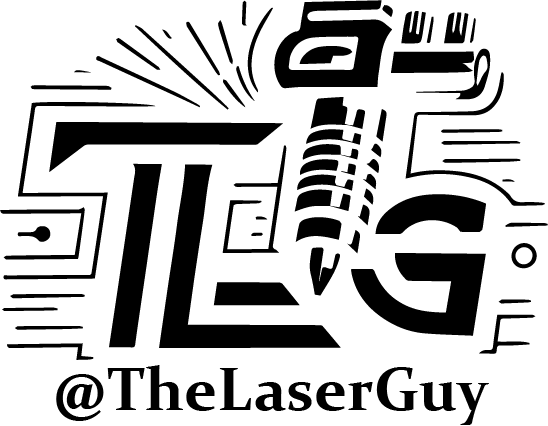How to Properly Do Research: A Guide for Effective Information Gathering

Research is a fundamental part of the learning process, whether you are a student or a professional. Conducting thorough research can help you make informed decisions, create new ideas, and solve complex problems. However, not all research is created equal. To get the most out of your research, it is essential to know how to properly gather, analyze, and interpret information. In this article, we will provide you with a guide on how to properly do research for effective information gathering.
- Identify Your Research Goal and Scope
The first step in conducting research is to identify your research goal and scope. What do you want to accomplish through your research, and what specific questions do you want to answer? It is essential to have a clear understanding of your research objectives and to define the scope of your research before you begin your search for information. This will help you stay focused on your research goals and avoid getting sidetracked by irrelevant information.
- Use Reliable Sources
One of the most important aspects of effective research is using reliable sources. Reliable sources are those that are trustworthy, accurate, and credible. They can be found in academic journals, books, reputable websites, and other sources that are recognized as being authoritative in their respective fields. Avoid using sources that are biased or have a clear agenda, as they may not provide you with accurate information.
- Gather Information
Once you have identified your research goals and sources, the next step is to gather information. This can involve reading articles, books, and other materials related to your topic, conducting interviews, or gathering data through surveys or experiments. As you gather information, be sure to take detailed notes and record important information such as the author, date, and publication information. This will make it easier to organize your research and cite your sources later on.
- Analyze and Interpret Information
After you have gathered your research materials, the next step is to analyze and interpret the information. This involves critically evaluating the information you have gathered to determine its relevance, accuracy, and usefulness in answering your research questions. You should also look for patterns, relationships, and themes in the data to help you draw conclusions and develop new insights.
- Organize Your Research
Once you have analyzed and interpreted your research, the next step is to organize your findings. This can involve creating an outline or mind map of your research, summarizing key points, and categorizing information based on relevance and importance. Organizing your research in a structured way will make it easier to present your findings and to identify any gaps or inconsistencies in your research.
- Cite Your Sources
Finally, it is essential to cite your sources properly when conducting research. This involves acknowledging the authors and publications of the sources you have used in your research. Proper citation is important for avoiding plagiarism, giving credit where credit is due, and providing your readers with a way to access the original sources of your research.
Effective research is a crucial aspect of learning and problem-solving. By following these steps, you can ensure that your research is reliable, accurate, and credible, and that it helps you achieve your research objectives. Remember to identify your research goals and sources, use reliable sources, gather information, analyze and interpret information, organize your research, and cite your sources properly. With these tips, you will be well on your way to becoming an effective researcher.




